In recent years, the textile industry has witnessed a major shift towards the adoption of low melting point fibers (LMPF), a development that promises to revolutionize fabric manufacturing and sustainability. These specialty fibers, which melt at relatively low temperatures, are being incorporated into applications ranging from fashion to industrial textiles, offering unique advantages that traditional fibers cannot match.
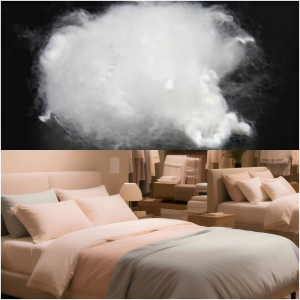
Typically made from polymers such as polycaprolactone or certain types of polyester, LMPFs are particularly valuable because they can be bonded to other materials without the use of additional adhesives. This feature not only simplifies the production process, but also improves the durability and performance of the final product. As manufacturers seek to reduce waste and increase efficiency, the use of LMPFs has become increasingly attractive.
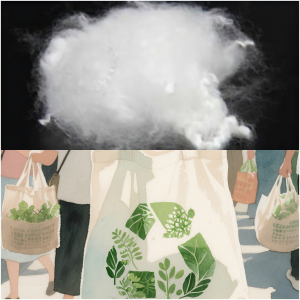
One of the most exciting applications for low-melt point fibers is in the field of sustainable fashion. Designers are using these fibers to create innovative garments that are not only fashionable but also environmentally friendly. By using LMPF, brands can reduce the water and energy consumed in the production process to meet the growing consumer demand for environmentally friendly products. In addition, the ability to bond fabrics at lower temperatures minimizes the risk of damaging delicate materials, allowing for more creative designs.
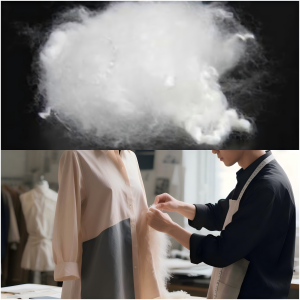
The automotive and aerospace industries are also exploring the potential of LMPF. These fibers can be used in composites to provide lightweight yet strong solutions for improved fuel efficiency and performance. As companies strive to meet stringent emissions and sustainability regulations, LMPF offers a promising avenue for innovation.
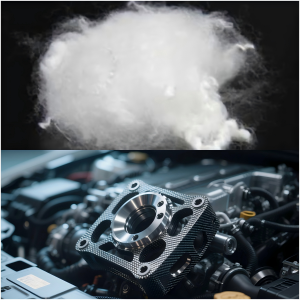
As research in this field continues to advance, the future of low-melt point fibers looks bright. With their versatility and environmentally friendly properties, low-melt point fibers will play a key role in shaping the future of textiles, paving the way for a more sustainable and efficient industry.
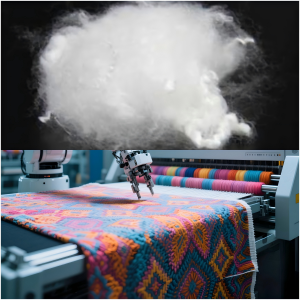
For further information about our low melting point fiber or to discuss potential collaborations, please contact our sales team at [email protected] or visit our website at https://www.xmdxlfiber.com/.
Post time: Nov-29-2024




